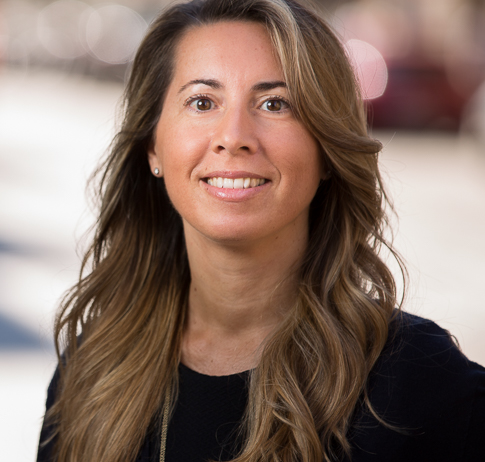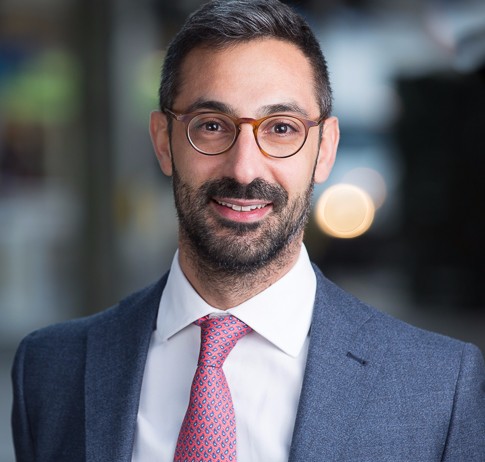This article was also published by Flash Art International.
This week the buzz around the art world is all about Los Angeles. Frieze, the international art fair organization that manages prestigious fairs in London and New York, has come to Los Angeles for the first time with a number of top list galleries showing at the Paramount Studios lot.
But why did Frieze make the decision to enter the Los Angeles market? Frieze's debut in Los Angeles is part of a larger trend of art fairs moving into new jurisdictions that have seen growth in their art markets. This trend has galleries reaching out to collectors in a number of locations as opposed to making collectors travel to just a few major art hubs. In recent years, major art fair organizations have looked beyond Europe and the Eastern seaboard of the US to tap hidden art markets. Hong Kong is bustling with a number of art fairs, including Art Basel Hong Kong. The art market has made its mark in the Middle East with Louvre Abu Dhabi and Abu Dhabi Art. Now the next big art fair scene, aside from Los Angeles, appears to be Taipei, after the major UBS-sponsored Taipei Dangdai occurred in January.
A similar trend is happening in the fashion world, where it is common for major brands to organize fashion shows around the globe. Other than the four seasonal couture collections presented within traditional fashion weeks, brands are using cruise shows and resort collections to present more things over the year. For example recently, Tom Ford was one of the first designers to debute his cruise show in Los Angeles in February 2015, rather than at London Fashion Week, in order to "capitalize on the news spotlight in Hollywood" ahead of the Oscars.[1]
Following this trend, Louis Vuitton showed at Bob Hope’s home in Palm Springs for cruise 2016, the Niteroi Contemporary Art Museum in Rio de Janeiro, Brazil, for cruise 2017, and Kyoto for cruise 2018. Christian Dior went to Blenheim Palace for cruise 2017, and then Calabasas in America for 2018. At the same time, Gucci showed its cruise 2017 collection in Westminster Abbey and in Florence for 2018. Chanel moved to Seoul, South Korea, for resort 2016, and to Cuba for cruise 2017.
Nevertheless, fashion – like art – is a global industry and always aims at keep the consumers engaged in a fast-paced and global environment. The concepts of cruise and resort collections originally referred to mid-season collections designed for clients needing a different wardrobe for travel to climates different from their own, since in 1919 "Gabrielle Chanel realized that her wealthy clients were taking mid-winter holidays in the Mediterranean and required a new wardrobe for their travels".[2]
Due to the need for companies to engage with clients all around the globe, companies in both the art and the fashion industries are exposing themselves to new legal issues with regards to the applicable tax regime, import and export of goods, as well as the applicable laws in international transactions. As art and fashion companies venture into new territories, these companies will need to quickly learn how to navigate new legal terrains – exposure to different governing laws, income tax regimes, insurance coverage, and sales tax and VAT implications can be a bit of a minefield for the unwary. Each jurisdiction a company enters into has its own legal rules that a company should inquire about.
By Giulia Cipollini, Diana Wierbicki and Roberto Bonomi with assistance from Hanna Feldman.

